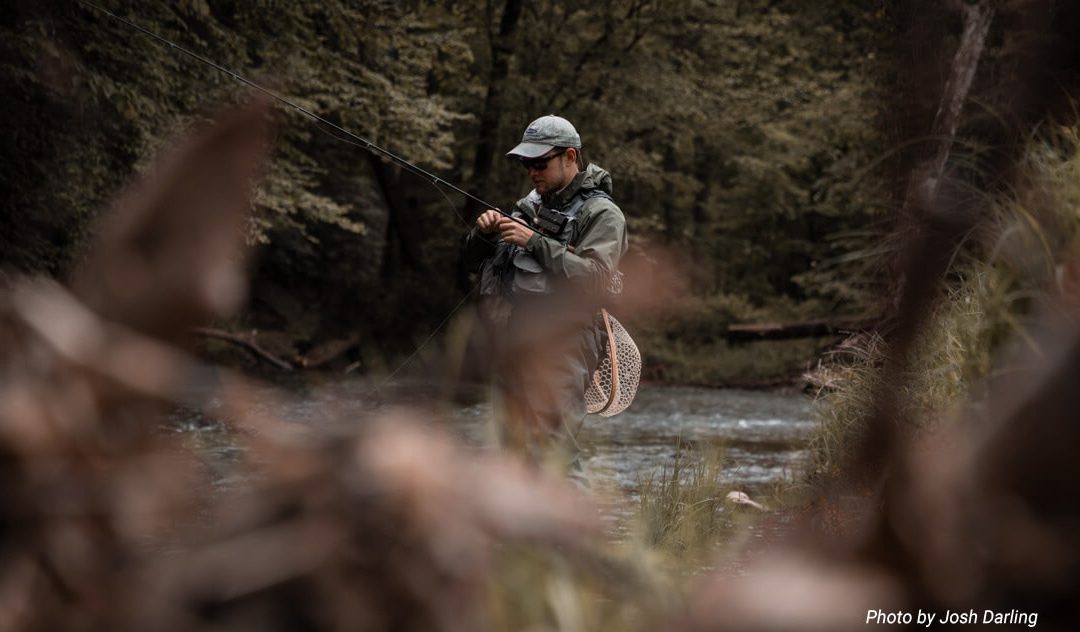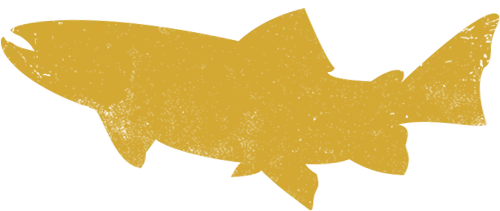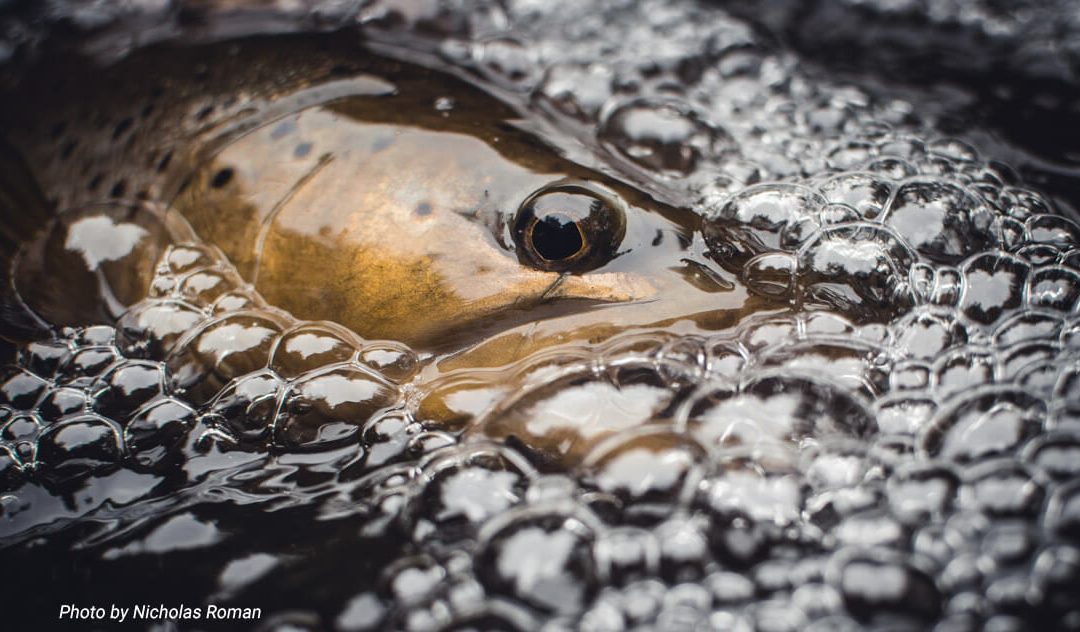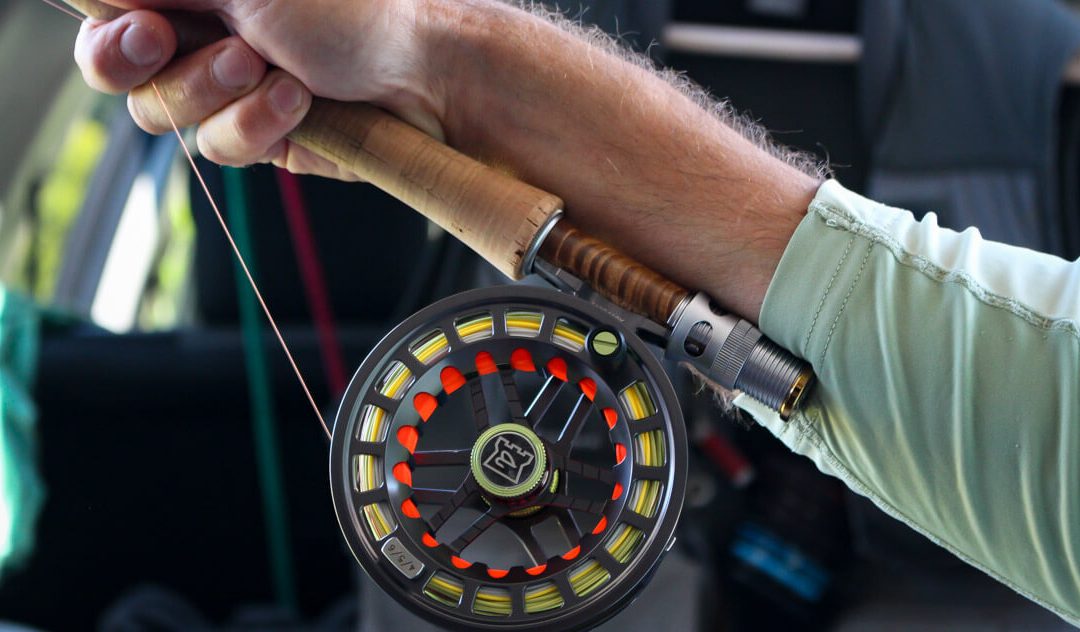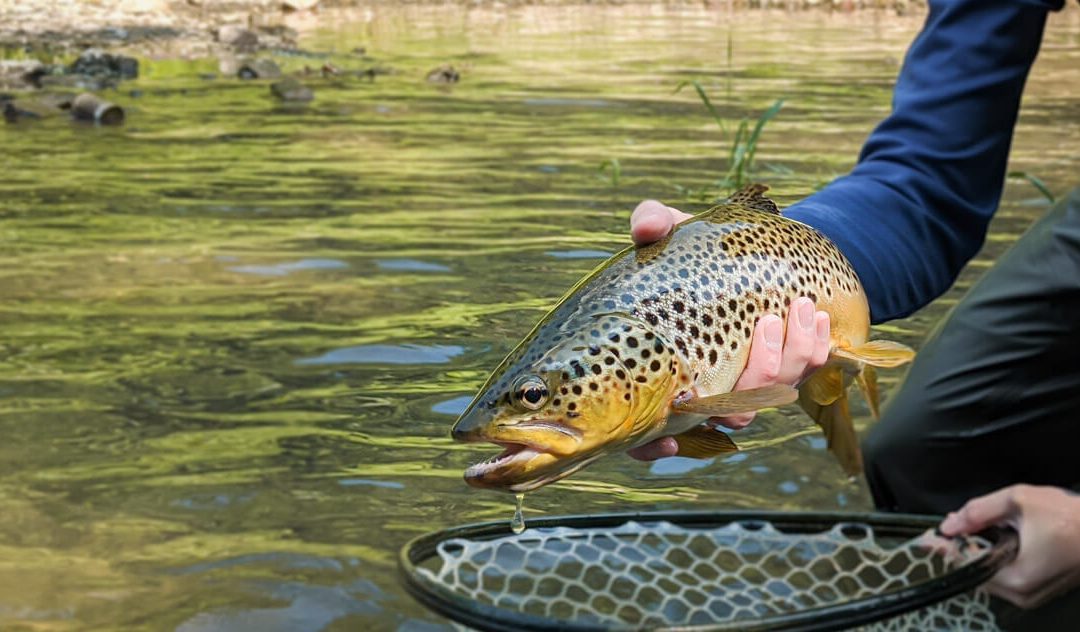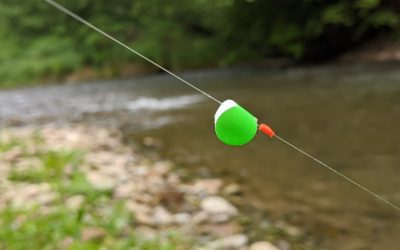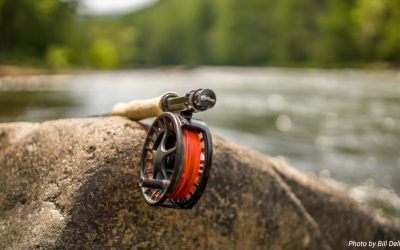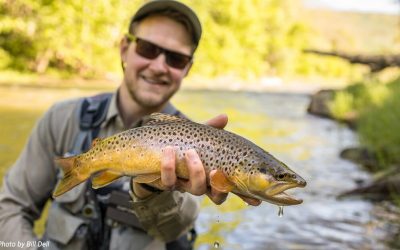** Note ** This is Part Two of a Troutbitten short series about what tight line anglers might be missing by following competition rules. This all reads a lot better if you first back up and read Part One, which introduces the topic and focuses on the rule about...
